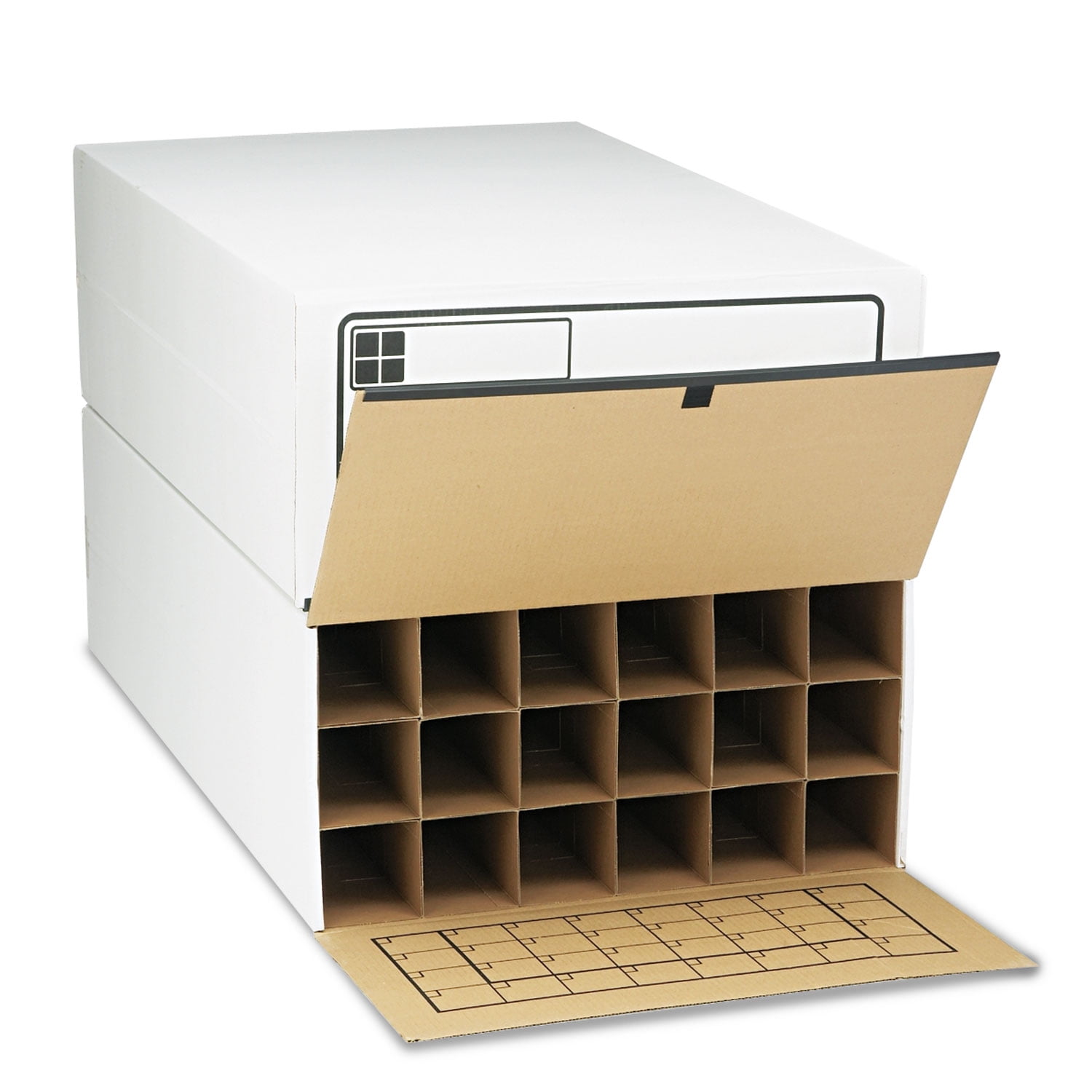

6.1.2 Migrating to a different file system.6.1 Converting the type of a file system.5.1 Unix and Unix-like operating systems.4.9 Minimal file system / audio-cassette storage.3.11 Multiple file systems within a single system.3.5 File system as an abstract user interface.It is responsible for arranging storage space reliability, efficiency, and tuning with regard to the physical storage medium are important design considerations. The file system manages access to both the content of files and the metadata about those files. Some file systems are "virtual", meaning that the supplied "files" (called virtual files) are computed on request (such as procfs and sysfs) or are merely a mapping into a different file system used as a backing store. Some file systems are used on local data storage devices others provide file access via a network protocol (for example, NFS, SMB, or 9P clients).

In some cases, such as with tmpfs, the computer's main memory ( random-access memory, RAM) is used to create a temporary file system for short-term use. Other kinds of media that are used include SSDs, magnetic tapes, and optical discs.


As of 2019, hard disk drives have been key storage devices and are projected to remain so for the foreseeable future.
#X file storage iso
For example, the ISO 9660 file system is designed specifically for optical discs.įile systems can be used on many types of storage devices using various media. Some file systems have been designed to be used for specific applications. There are many kinds of file systems, each with unique structure and logic, properties of speed, flexibility, security, size and more. The structure and logic rules used to manage the groups of data and their names is called a "file system." Taking its name from the way a paper-based data management system is named, each group of data is called a " file". By separating the data into pieces and giving each piece a name, the data is easily isolated and identified. Without a file system, data placed in a storage medium would be one large body of data with no way to tell where one piece of data stopped and the next began, or where any piece of data was located when it was time to retrieve it. The user-created snapshots support rapid recovery of File Storage volume in case of change or deletion of data.In computing, file system or filesystem (often abbreviated to fs) is a method and data structure that the operating system uses to control how data is stored and retrieved. Snapshot images for each volume are available. (Additional network cost will be charged for data replication in addition to storage cost.)
#X file storage windows
NFS v3 protocols are applied for Linux servers and CIFS for Windows servers to offer strong security.ĭR replication to copy the original File Storage to another Region of Samsung Cloud Platform ensures data provision with DR storage if the original storage is unavailable due to a system failure or a natural disaster. Multiple clients can simultaneously share file systems via network, helping users manage data more securely and conveniently. Users will not be charged for creating a storage volume, but for usage. Once a file storage is created, storage volume will automatically scale up and down depending on creation or deletion of user data.


 0 kommentar(er)
0 kommentar(er)
